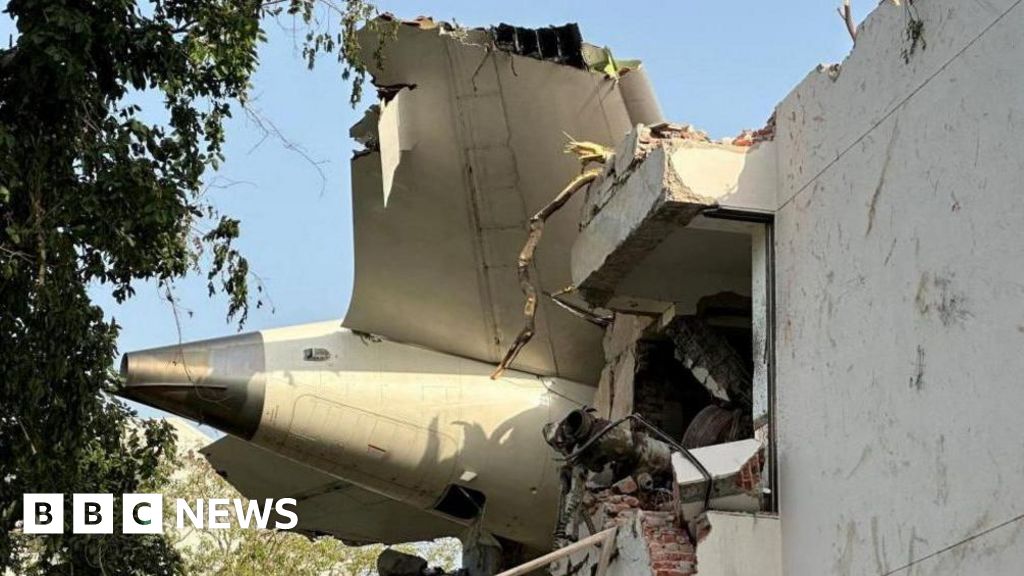Boeing Aircraft Fuel Switches Deemed Safe by US Regulator Despite Fatal Air India Crash
In the aftermath of a fatal Air India accident that claimed 260 lives in June, the US aviation regulator has given the green light for the fuel control switches in Boeing airplanes. The incident has sparked a major safety debate over these switches, which came into the limelight following the initial report on the crash released by investigators.
Investigation into the Air India Disaster
A grim milestone, the tragedy involving Flight 171, bound for London, was one of the most devastating aviation incidents worldwide in almost a decade. The mishap resulted in 229 passengers and 12 cabin crew losing their lives, while 19 people on the ground were also killed due to the crash. Miraculously, a single British national survived this horrific event.
The preliminary report, published by the India Aircraft Accident Investigation Branch (AAIB), points to the fuel flow control switches of the jet’s engines being shifted from “run” to “cut-off”, affecting the plane’s thrust. The report referenced a 2018 FAA advisory that suggested, but did not require, operators of Boeing models to inspect the locking feature of the fuel cut-off switches to prevent accidental movement. This precaution, however, was not implemented by Air India, the AAIB noted in its initial findings.
FAA’s Stand on the Issue
Upon seeing the AAIB’s preliminary report, the FAA reiterated its stance that the fuel control switches, despite being installed with the locking feature unengaged, do not render the planes unsafe. The FAA argued that the switch design, including the locking feature, was similar across various Boeing airplane models and did not warrant an Airworthiness Directive.
The FAA also pledged to keep sharing relevant information with foreign civil aviation authorities as needed. The AAIB, after reviewing recovered cockpit voice recordings, stated that one pilot was heard asking the other why he cut off the fuel during the flight. The other pilot denied doing so, creating more mystery around the cause of the accident.
Air India CEO’s Statement
Air India Chief Executive Campbell Wilson urged caution against drawing premature conclusions about the cause of the accident. In an email to his staff, he referred to the ongoing cycle of theories, allegations, rumours, and sensational headlines that had emerged over the past month, many of which were later debunked.
Wilson emphasized that the report had not determined a cause for the accident, nor had it made any recommendations, and stressed that the investigation was far from over. A more detailed report is expected in about 12 months. He confirmed that the initial report found no mechanical or maintenance issues with the aircraft or engines and assured that all necessary checks had been carried out before the flight. Despite this, extra checks were performed on Air India’s 787 fleet out of caution, and all were found to be fit for service.











